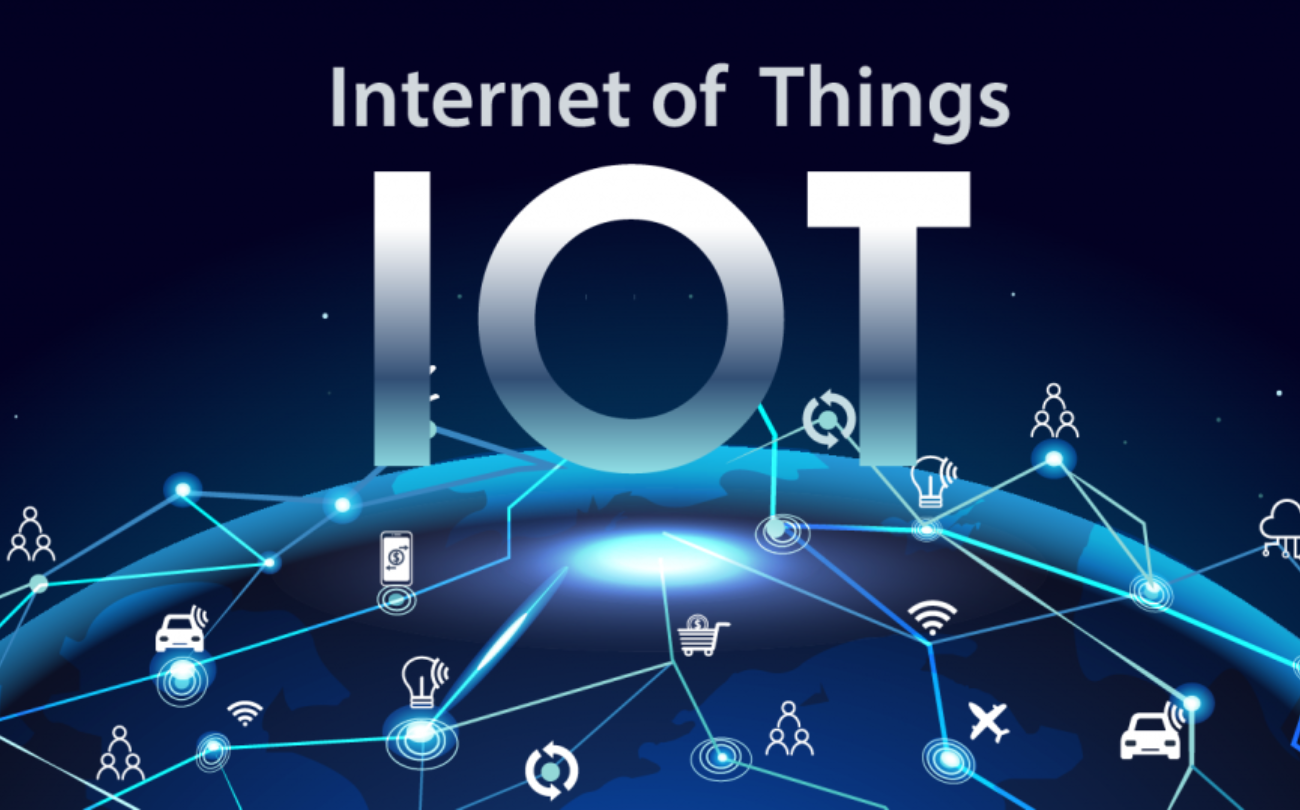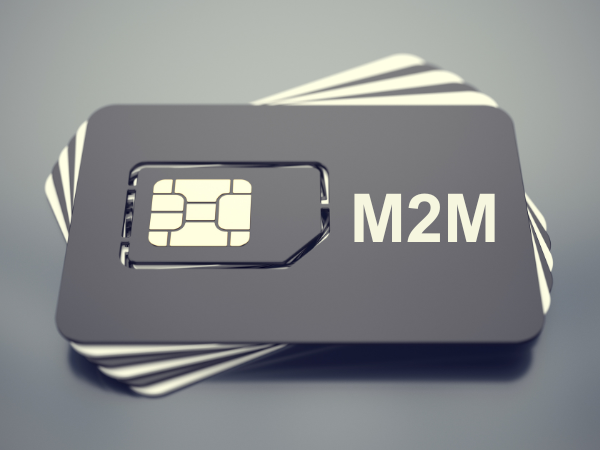1. Introduction: Why Choosing the Right IoT SIM Card Provider Matters
In the fast-evolving world of connected devices, choosing the right IoT SIM Card Provider can make or break your entire IoT deployment. Whether you’re running GPS trackers, smart meters, or industrial machines, your IoT connectivity partner determines the reliability, coverage, cost, and scalability of your operations.
A high-quality IoT SIM provider ensures:
- Seamless global coverage
- Multi-network redundancy
- Secure data transmission
- Flexible data plans for different applications
Yet, the global market is crowded. From major telecom operators to specialized M2M connectivity providers, businesses often struggle to identify which provider truly meets their needs.
This guide will walk you through everything you need to know about selecting an IoT SIM Card Provider — including what to look for, how pricing models differ, and what red flags to avoid.
2. Understanding IoT SIM Cards
2.1 What Is an IoT SIM Card?
An IoT SIM Card (sometimes called an M2M SIM) is a special type of SIM designed for machine-to-machine communication. Unlike consumer SIMs used in smartphones, IoT SIMs:
- Support long-term connectivity for devices deployed globally.
- Can switch between multiple operators for reliable coverage.
- Offer remote management through centralized platforms.
- Come in various form factors — traditional plastic, embedded (MFF2), or eSIM.
2.2 IoT SIM vs. Traditional SIM
| Feature | IoT SIM | Consumer SIM |
|---|---|---|
| Network Access | Multi-network | Single operator |
| Management | Remote (API, platform) | Manual |
| Lifecycle | 5–10 years | 1–2 years |
| Pricing | Flexible data pools | Fixed plans |
| Application | Devices & machines | Human users |
Choosing an IoT SIM Card Provider with advanced management tools and flexible coverage ensures your IoT network stays efficient and cost-effective.
3. The Role of an IoT SIM Card Provider
A professional IoT SIM Card Provider does much more than sell SIM cards. They offer:
- Global or regional connectivity through partnerships with multiple carriers.
- Cloud-based management platforms for monitoring and controlling devices.
- Custom data plans to fit specific IoT applications (e.g., GPS trackers vs. smart meters).
- 24/7 technical support for troubleshooting and device provisioning.
- Security and compliance features to protect sensitive device data.
Your provider becomes your connectivity backbone, ensuring devices remain online, data flows seamlessly, and costs stay under control.
4. Key Factors to Consider When Choosing an IoT SIM Card Provider
4.1 Global Coverage and Multi-Network Access
Global IoT projects require uninterrupted connectivity. Choose a provider offering:
- Multi-network roaming in every region.
- Partnerships with Tier-1 carriers (e.g., Vodafone, AT&T, China Mobile).
- Automatic network switching for reliability.
Example: A GPS tracker moving from France to Germany shouldn’t lose connection — your provider should automatically switch to the best available network.
Pro tip: Check whether the provider supports steered or non-steered roaming. Non-steered means devices automatically connect to the strongest signal — a must for global IoT deployments.
4.2 Flexible and Scalable Data Plans
Not all devices consume data equally. For example:
- Smart meters use 10–30MB/month.
- Security cameras may use several GBs.
- GPS trackers vary by reporting frequency.
A top IoT SIM Card Provider offers:
- Shared data pools to optimize costs.
- Pay-as-you-grow plans for scalability.
- APIs for real-time data usage monitoring.
Avoid rigid pricing — flexibility is key to long-term ROI.
4.3 SIM Form Factors and Technology Compatibility
IoT devices come in various shapes and environments — from industrial robots to wearable health monitors. Choose providers that support:
- 2FF/3FF/4FF (Mini/Micro/Nano SIM)
- MFF2 embedded SIMs (soldered, tamper-proof)
- eSIM (eUICC) for remote provisioning
An advanced IoT SIM Card Provider should guide you on the right form factor and future-proof technologies like 5G IoT, NB-IoT, or LTE-M.
4.4 Connectivity Management Platform
The best IoT SIM providers offer intuitive online portals or APIs that let you:
- Activate, suspend, or terminate SIMs remotely.
- Track data usage in real-time.
- Set alerts for unusual traffic patterns.
- Generate billing and usage reports.
Such platforms enhance operational efficiency and reduce manual workload.
4.5 Security and Compliance
Security is non-negotiable. Ensure your IoT SIM provider offers:
- Private APN for isolated data channels.
- VPN tunneling for encrypted communication.
- IMSI locking and two-factor authentication.
- GDPR and ISO 27001 compliance.
Data breaches in IoT can cause downtime, financial loss, and reputation damage — choose a provider that prioritizes end-to-end IoT security.
4.6 Technical Support and SLAs
IoT networks run 24/7. If connectivity issues arise, you need instant support.
Ask your provider about:
- Response time in the Service Level Agreement (SLA).
- Regional technical teams or online ticket systems.
- API documentation and SDKs for integration.
Reliable support is crucial when scaling IoT deployments across multiple regions.
5. Pricing Models: Understanding IoT SIM Costs
IoT SIM pricing varies widely. Understanding how providers structure their plans helps avoid hidden fees.
5.1 Common Pricing Models
| Model | Description | Ideal For |
|---|---|---|
| Per-SIM Plan | Fixed monthly fee per SIM | Small deployments |
| Pooled Data | Shared data across all SIMs | Medium/Large projects |
| Pay-as-you-go | Charged per MB used | Low-usage devices |
| Custom Plan | Tailored by usage type | Enterprise clients |
5.2 Hidden Costs to Watch Out For
- Activation and suspension fees
- Roaming charges in non-covered regions
- Minimum contract durations
- Overusage penalties
Choose a transparent IoT SIM Card Provider that lists all fees clearly.
6. Comparing Leading IoT SIM Card Providers
Here’s how to evaluate the top players in the market:
| Provider | Coverage | Multi-Network | Platform | Security | Support |
|---|---|---|---|---|---|
| Truphone | 190+ countries | ✅ | ✅ | ✅ | 24/7 |
| 1NCE | 160+ | ❌ | ✅ | ✅ | Business hours |
| Soracom | 180+ | ✅ | ✅ | ✅ | 24/7 |
| EMnify | 190+ | ✅ | ✅ | ✅ | 24/7 |
| Zhongyi IoT (China) | 200+ | ✅ | ✅ | ✅ | Global B2B focus |
👉 For global enterprises sourcing from China, Zhongyi IoT offers competitive pricing, stable multi-network coverage, and one-stop IoT SIM solutions suitable for GPS trackers, cameras, meters, and industrial sensors.
7. Red Flags to Avoid When Choosing a Provider
- Limited coverage or single-operator SIMs.
- Lack of management platform or API.
- Hidden roaming fees.
- No technical documentation or poor support.
- Lock-in contracts that limit scalability.
Your IoT strategy should remain agile and provider-independent — avoid any vendor that restricts your operational flexibility.
8. Future Trends in IoT Connectivity (2025–2030)
8.1 Rise of eSIM and iSIM
The shift from physical SIMs to eSIM/iSIM enables instant remote provisioning and better device miniaturization.
8.2 5G IoT Expansion
5G brings ultra-low latency and massive device support — ideal for autonomous vehicles, smart factories, and healthcare IoT.
8.3 AI-Driven Network Optimization
AI will analyze data usage patterns to automatically allocate bandwidth and detect connectivity anomalies.
8.4 Sustainable IoT
Green IoT networks and low-power technologies will help reduce global energy consumption by connected devices.
Choosing an IoT SIM provider that already supports these technologies will ensure your infrastructure is future-proof.
9. Checklist: How to Evaluate Your IoT SIM Card Provider
Before signing a contract, use this checklist:
✅ Global multi-network coverage
✅ Flexible pricing and data pooling
✅ API & dashboard for management
✅ Private APN & VPN for security
✅ 24/7 multilingual support
✅ Compatibility with eSIM & 5G
✅ Transparent SLA and billing
If your provider meets all these criteria, you’re in good hands.
10. Conclusion: The Smart Way to Choose an IoT SIM Card Provider
Choosing the right IoT SIM Card Provider is not just about price — it’s about reliability, scalability, and long-term partnership.
The ideal provider combines:
- Global connectivity
- Strong technical support
- Secure infrastructure
- Transparent pricing
Whether your business manages industrial sensors, GPS trackers, or smart city projects, your IoT SIM provider is the foundation of success.
If you’re exploring a trusted, cost-effective solution with global IoT coverage and enterprise-grade reliability,
👉 Zhongyi IoT provides one-stop IoT SIM card connectivity solutions for global B2B customers.



